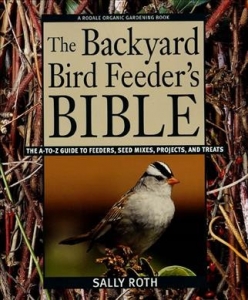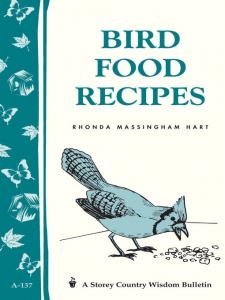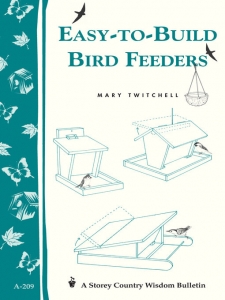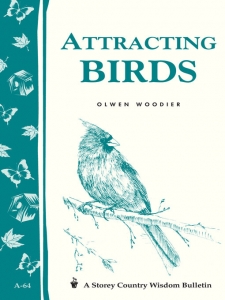Use These Books to Celebrate National Bird Feeding Month
In 1994, Illinois Congressman John Porter designated February as National Bird Feeding Month in order to stress the importance of helping birds survive by supplementing their natural diet.
Your backyard birds use a lot of energy to stay warm during the winter. They struggle to find enough food. Filling a bird feeder and watching them is an easy way to enjoy. It is also a great chance to teach children about nature.
Types of feeders
Before you choose a bird feeder, remember that different species prefer different kinds of feeders. The platform and hopper-style bird feeders are popular because they attract a large variety of species.
Platform feeders
A platform feeder is basically a flat tray. Make certain the one you select provides adequate drainage.
Hopper feeders
A hopper feeder, on the other hand, is shaped like a house and has see-through slat walls with a small trough along the bottom. The birdseed in a hopper is enclosed which helps protect it from the elements.
Maximize the birds you attract
If you want to maximize the number of birds you attract, you could add several types of feeders and several types of food.
- Suet feeders attract woodpeckers
- Nectar feeders attract hummingbirds
- Ground feeders attract mourning doves and robins
- Tube feeders attract smaller birds like finches
Food for the birds
When it comes to the birdseed, a seed mix may be a good place to start because it provides for a large variety of birds. Good sources of energy:
- Sunflower seeds
- Peanuts
- Suet
Birdseed in any style of feeder should be changed if it is exposed to the elements, bird droppings, or mold. If possible, space your bird feeders away from each other as some species are loners and others are bullies.
Feeder Birds of North America by Sandy Allison
- Available as an eBook via hoopla Digital.
The Backyard Bird Feeder’s Bible by Sally Roth
Become the best bird host in your neighborhood. This is your guide to the foods and feeders, plants and projects that will guarantee you a yard that’s absolutely brimming with birds.
- Available as a book.
Bird Food Recipes
Since 1973, Storey’s Country Wisdom Bulletins have offered practical, hands-on instructions designed to help readers master dozens of country living skills quickly and easily. There are now more than 170 titles in this series, and their remarkable popularity reflects the common desire of country and city dwellers alike to cultivate personal independence in everyday life.
- Available as an eBook via Libby.
DIY feeders
Make DIY feeders with organic, dye free twine and items around your house including peanut butter, bagels, and birdseed.
Pinecone feeder
First is the iconic pinecone feeder. You’ll need:
- Pinecones
- Peanut butter
- Birdseed
- Twine
Directions
- Use pinecones from your yard if you can, otherwise make sure they’re untreated.
- Next spread peanut butter all over the pinecones.
- Then roll them in birdseed.
- Tie twine to the pinecone, and then hang it outside.
Bagel
Another simple feeder is the traditional one using a stale bagel. You’ll need:
- Bagel
- Twine
- Peanut butter
- Birdseed
Directions
- Stick twine through the bagel’s hole and then tie the ends together to create a loop.
- Spread peanut butter on the bagel.
- Next sprinkle the bird seed all over the areas with peanut butter. If you want, you can do both sides, although that gets messy.
- Then hang it outside.
Dispose of the bagel if it becomes moldy.
Easy to Build Bird Feeders
Since 1973, Storey’s Country Wisdom Bulletins have offered practical, hands-on instructions.
- Available as an eBook via Libby
Attracting Birds to Your Backyard
Practical and easy to follow advice for how to attract local birds to your backyard.
- Available as an eBook via Libby.
In closing
Enjoy National Bird Feeding Month and remember that you can continue bird feeding or bird watching year-round!
If you’re looking for other book suggestions, explore our online resource, NoveList Plus. Or sign up for Recommends, our personalized reading suggestions via email service. Or ask Library staff for suggestions during your next visit.









